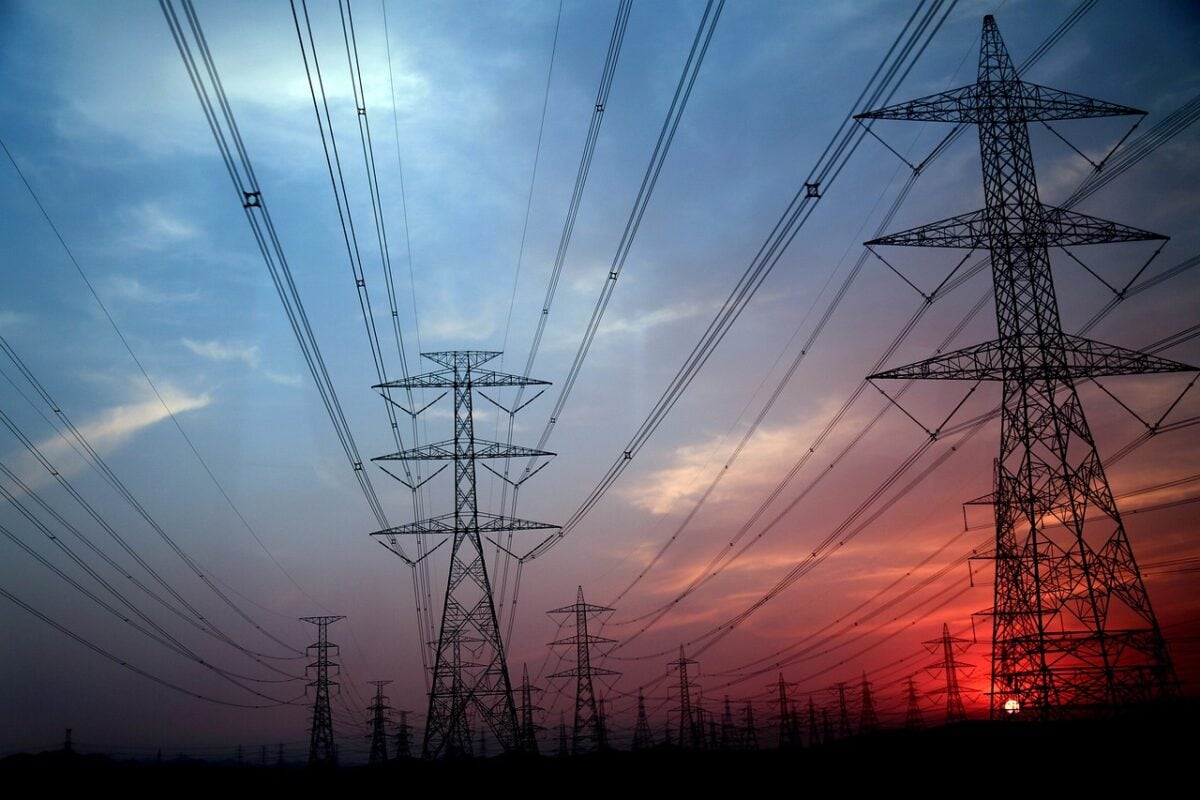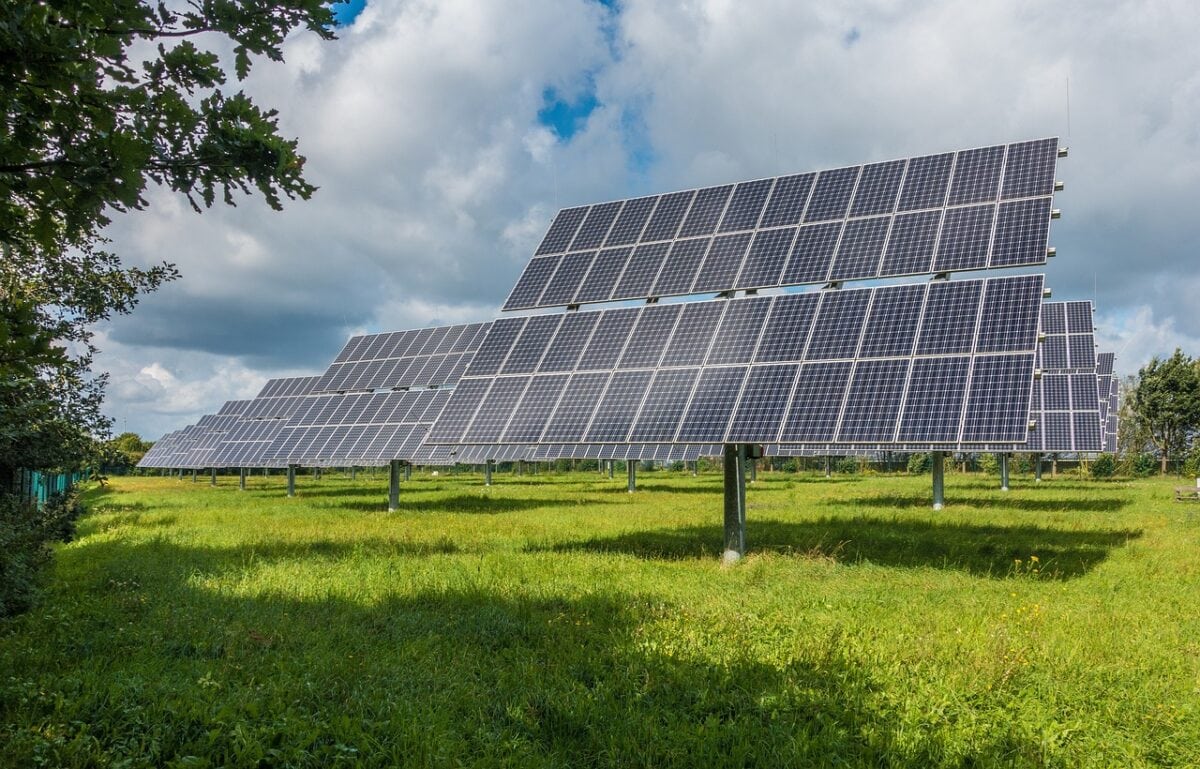The following blog post is the first in a new series, ‘A Change of Pace,’ from the Pace PR Climate Team.
By Piper Edwards
Hurricane Beryl has received recent coverage as a warning shot for the active and more threatening hurricane season to come. The Category 1 hurricane made landfall in Houston, Texas, leaving two million Texans without power, and lacking air conditioning during the days-long triple-digit-temperature heatwave.While Hurricane Beryl may signal a more destructive storm season ahead, exacerbated by record-breaking Atlantic Ocean temperatures, it is crucial to, instead, view the storm and its aftermath as a call to action and a time for urgency. Enduring the unforgiving Texas heat for days on end underscores how climate change is a lived experience for communities throughout the country and worldwide.
From Outage to Opportunity: Shifting the Energy Narrative

At this point, the Texas Grid is notorious for its failures. ERCOT, the state grid manager, and Centerpoint, the city utility provider, are no stranger to word of mouth criticism, a common enemy among struggling Houstonians.
As a native Houstonian, I write this piece to the soundtrack of conversations echoing throughout our city.
Whether in parking lots, local Starbucks, or grocery store checkout lines, the recent storm and subsequent outages are on everyone’s mind. Houstonians find solace in sharing their experiences with neighbors, often followed by a resigned question: ‘What can we even do about this? However, the question of different methods to achieve energy security should not be accompanied by a pessimistic tone. There are numerous options available (such as wind, geothermal heating and cooling, and solar microgrids), but progress ultimately depends on highlighting the right narratives to motivate communities and corporations.
Storytelling is an essential tool to bolster public support for renewable energy and to showcase the tangible benefits of climate solutions. In the past decade, public opinion has shifted in favor of significant support for renewable energy. A recent bipartisan survey by Yale Climate Change Communication found that 65% of registered voters support building solar farms locally and 58% support wind farms. To leverage this growing support, it’s essential to connect current experiences of heat, storms, and power outages to climate change without presenting it as an insurmountable problem. While climate change impacts everyone directly, solutions exist to mitigate its effects and build a more equitable future that need to be at the forefront of the narrative.
While seemingly daunting, it is still a moment of immeasurable opportunity to retrofit the current system to support equity and shared benefits through innovation. Placing solutions at the core of the climate narrative is crucial to disrupting the idea that the climate crisis is an unsolvable problem. It is of equal importance, however, to not to downplay the severity and threat of inaction at risk of dissuading support.
Heed the Warning: Texas Grid Failures Are Emblematic of America’s Energy Future
Hurricane Beryl is not the first instance of a relatively minor weather event causing power outages inconsistent with its strength. While Texas may highlight the most glaring examples of grid failures (such as Beryl and the winter storm of 2021), this issue affects the entire nation. For example, during a winter storm on the East Coast, 86% of forced outages were caused by failures in gas and coal plants. The critical problems of the U.S. power grid, highlighted by Texas’s failings, are pressing but solvable. Robust use of renewable energy allows for a focus on equity while simultaneously building a more resilient and reliable electrical grid, even in the face of extreme weather as a side effect of the climate crisis. Wind energy, for instance, performed “well above expected capacity” during Winter Storm Elliott. Wide-scale development and deployment of renewable energy infrastructure will help decarbonize the grid and increase its reliability. It becomes the responsibility of journalists to tell a comprehensive story of the clean energy transition, communicating both the potential and need for implementing renewables and creating a diversified energy portfolio.Beyond Decarbonization: Addressing Solar’s Capacity for Social Impact
The vision of a clean electric grid has withstood years of meticulous testing: A grid supported by renewable sources can be achieved and successful in the foreseeable future. One of the biggest burdens to greening the grid is a widespread lack of understanding in the options available. This is where media comes in: Educate on the options available to empower buyers to invest in clean energy.

Due to decades of environmental injustice, grid failures across the U.S. disproportionately impact low-income communities and communities of color, resulting in more frequent and longer-lasting blackouts compared to those in wealthier, predominantly white neighborhoods. By prioritizing areas that have borne the brunt of environmental injustice and been historically excluded from decision-making processes, community solar projects can be strategically placed to support local communities and help them regain stability. Solar energy, particularly through community solar grids and microgrids, offers benefits beyond decarbonization, such as empowering local communities, building resilience against extreme weather, and improving grid reliability.
Solar microgrids operate on a small scale, often at the neighborhood level, reducing the risk of transmission failures over long distances that can occur with statewide grids. Additionally, decentralized electricity generation through solar grids makes large-scale grid failures less impactful for its users. When connected to the larger grid, the integration of solar and other diversified energy sources can bolster the grid during inevitable failures. Excess solar-generated energy can be sold to neighbors, local businesses, or back to the grid, giving consumers greater control over their electricity and its benefits.
You can’t understate the severity of this issue: You can provide solutions and a path forward.
On Tuesday, July 23rd, (more than two weeks after Beryl made landfall), CenterPoint announced that all Texans had regained electricity. The fragility of the antiquated Texas grid is emblematic of a looming national threat of outages in the face of more frequent extreme weather events. How the story is told has the potential to sway and transform public opinion in favor of swift, decisive action. It is essential that the climate narrative centers solutions with the breadth of their benefits. Understanding climate change as a local issue allows for tailored solutions that meet unique community needs. Renewable energy sources have the opportunity to do just that, meeting communities where they are and supporting them as such.
Climate & Sustainability Experts Newsletter
We connect clients & the media to tell the climate stories that matter
